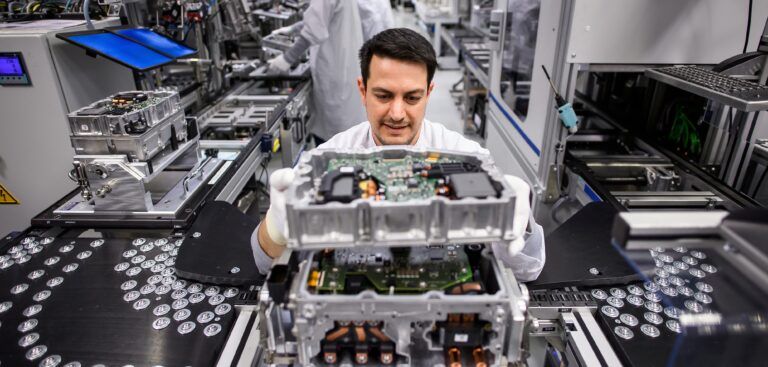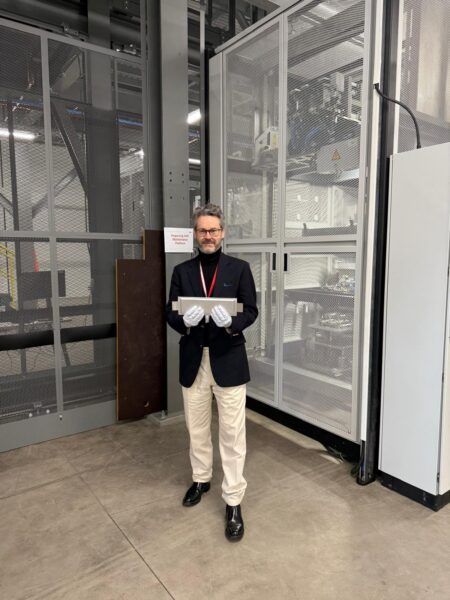With range anxiety still a big obstacle for adopters of electric vehicles, new technologies are coming to the fore to help enhance the performance of energy efficiency. This includes the use of silicon carbide (SiC) semiconductors, where their development has taken a boost thanks to a new partnership between Vitesco Technologies and ROHM Semiconductor.
The powertrain business area of Continental, Vitesco Technologies, a leading supplier in the field of vehicle electrification, and ROHM Semiconductor, a leading company in SiC power semiconductors, have recently signed a development partnership, beginning in June 2020. Vitesco Technologies will use SiC components to further increase the efficiency of its power electronics for electric vehicles (EV). Through their higher efficiency SiC semiconductors make better use of the electric energy stored in a vehicle battery. Thus, an EV has a longer range, or the battery cost can be reduced without impacting the range.
“Energy efficiency is of paramount importance in an electric vehicle. As the traction battery is the only source of energy in the vehicle, any losses caused by power conversion need to be minimized. We are therefore developing a SiC option within our modular power electronics system,” said Thomas Stierle, executive vice president of the electrification technology business unit at Vitesco Technologies. “To get the maximum efficiency out of the power electronics and the e-motor we will use SiC power devices from our preferred partner. ROHM has convinced us of its products”
“We are looking forward to the future cooperation with Vitesco Technologies,” said Dr. Kazuhide Ino, corporate officer, director of power device business unit at ROHM. “We are the leading company in SiC power semiconductors and have achieved a significant technological lead in this field along with the provision of power solutions combined with gate driver ICs. Together with Vitesco Technologies we want to further improve the energy efficiency of the electronic system in EVs to use the full potential of the SiC technology for a sustainable mobility.”
Vitesco Technologies is already developing and testing SiC technology in an 800-volt inverter concept to confirm the efficiency potential of the technology. The approach of this program is to look at the complete system of inverter and motor to identify the best combination of device technology and switching strategy.
In this context SiC semiconductors – e.g. SiC MOSFETs for 800V battery systems – offer more efficient switching in the inverter (higher frequency, steeper switching slopes) and cause fewer harmonic losses in the electric motor. Also, SiC technology is a key enabler for super-fast charging technology that uses 800 volts.
In the course of the cooperation ROHM and Vitesco Technologies will work on creating the optimum combination of ROHM’s SiC technology for high volume manufacturing and best fit of inverter design for highest efficiency.
“The SiC option is a very promising future part of our modular power electronics system comprising of software, power output stage, and switching strategy,” said Dr. Gerd Rösel, head of innovation in the electrification technology business unit at Vitesco Technologies. “We will work with ROHM on an 800-volt SiC inverter solution as well as on a 400-volt SiC inverter solution.” Vitesco Technology plans the start of production of the first SiC inverter as of 2025, when the demand for SiC solutions is expected to rise significantly.





